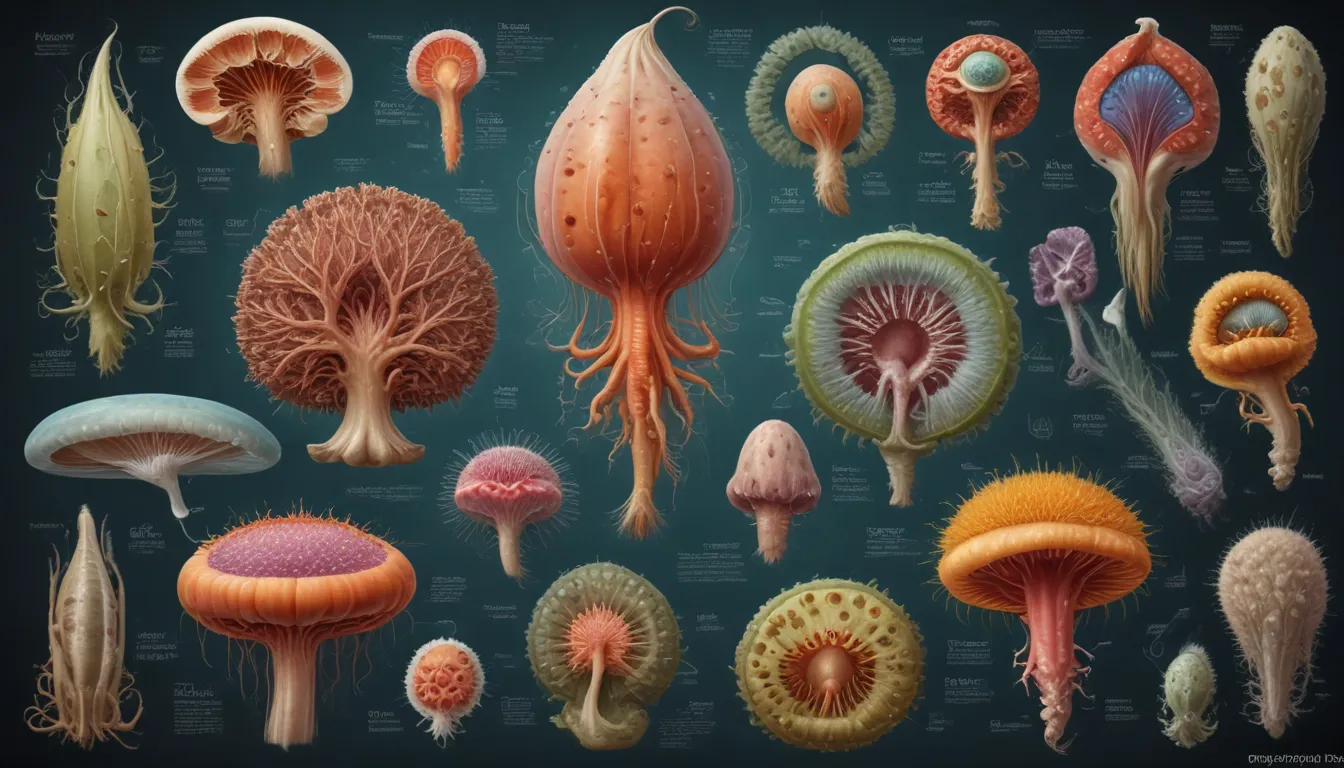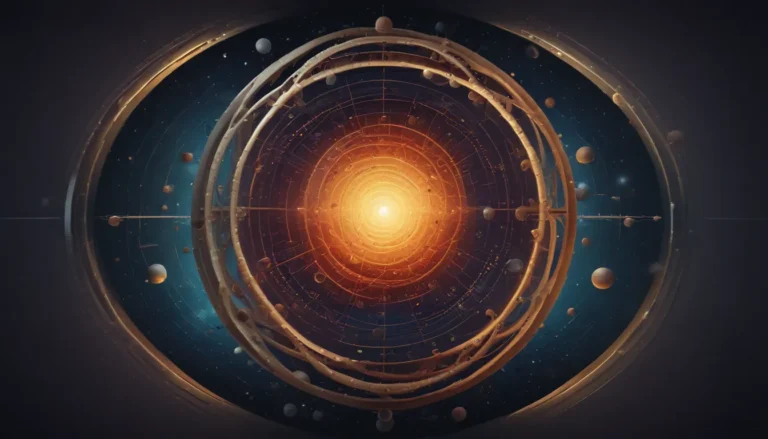A Note About Images: The images used in our articles are for illustration purposes only and may not exactly match the content. They are meant to engage readers, but the text should be relied upon for accurate information.
Welcome to the enthralling world of protist taxonomy, where the diversity and complexity of these organisms shine like never before. Protists, a captivating group falling under the domain Eukarya, continue to intrigue scientists with their unique characteristics and evolutionary relationships. In this article, we invite you to join us on a journey through twelve astonishing facts that illuminate the intricate realm of protist taxonomy. From the discovery of new species to the challenges of classification, let’s unravel the latest advancements in the field and understand the vital role these organisms play in various ecosystems.
Delving into the Diversity of Protists
Protists represent a diverse kingdom of organisms that encompass a wide array of eukaryotes, including algae, protozoa, and slime molds. What sets them apart is their eukaryotic cell structure, characterized by a true nucleus and other membrane-bound organelles.
The Ecosystem Role of Protists
Within ecosystems, protists play a crucial role as primary producers, forming the foundation of the food chain. Their contributions through photosynthesis, carbon fixation, and nutrient cycling are essential for maintaining ecological balance in both aquatic and terrestrial environments.
The Ever-Evolving Nature of Protist Taxonomy
Given the complexity and diversity of protists, taxonomy remains a subject of constant evolution and research. New discoveries and advancements in molecular techniques contribute to significant revisions in the classification of these organisms.
Morphological Marvels of Protists
Protists showcase a remarkable range of shapes and sizes, with some exhibiting intricate cell structures and complex body forms. This diversity adds a layer of complexity to the taxonomy and classification of these fascinating organisms.
Unveiling the Taxonomic Characteristics
Protist taxonomy considers various factors such as cell structure, nutrition mode, reproduction methods, and genetic analysis to establish relationships between different protist groups.
Unicellular and Multicellular Protists
While many protists exist as unicellular entities, there are also multicellular counterparts like seaweeds. Some protists form colonies or display a division of labor within their multicellular structures, showcasing the versatility of these organisms.
Insights into Evolutionary Relationships
Exploring protist taxonomy offers valuable insights into the evolutionary history of eukaryotes. By tracing the origins of complex cellular processes, scientists can better understand the relationships among different groups of organisms.
Diverse Habitat Dwellers
Protists inhabit a wide range of environments, spanning freshwater, marine, and terrestrial habitats. They can be found in oceans, lakes, soils, and even within the bodies of other organisms, showcasing their adaptability.
The Impact of Harmful Protists
While the majority of protists are harmless, certain species can have detrimental effects on humans, animals, and plants. Diseases like malaria and toxoplasmosis are attributed to these harmful protists.
Unraveling Reproductive Strategies
Protists employ various reproductive strategies including asexual reproduction through binary fission, budding, and fragmentation, as well as sexual reproduction involving genetic material exchange between individuals.
The Significance of Protist Taxonomy in Research
Understanding the diversity and relationships among protists is vital for studying their ecological roles and developing strategies to combat protist-related diseases. This field offers endless opportunities for exploration and discovery.
Constant Discoveries in Protist Taxonomy
As scientists venture deeper into the world of protists, new species and previously unknown relationships continue to emerge. Protist taxonomy remains an ever-evolving field, promising exciting revelations in the future.
In Conclusion
Protist taxonomy presents a captivating journey into the world of single-celled organisms, unveiling surprising facts and shedding light on their evolutionary relationships and ecological roles. By delving into this field, we not only enhance our understanding of the microscopic realm but also pave the way for new discoveries and revelations in the future.
FAQ
Q: What is protist taxonomy?
A: Protist taxonomy is the branch of biology dedicated to classifying and categorizing protists, a diverse group of eukaryotic microorganisms. It involves studying their morphology, genetics, evolutionary relationships, and ecological roles to assign them to specific taxonomic groups.
Q: How many protist species have been discovered so far?
A: The number of known protist species is estimated to be around 200,000, with ongoing discoveries expanding this count. Scientists speculate that numerous undiscovered or undescribed species may exist, particularly in uncharted environments.
Q: What are the main challenges in protist taxonomy?
A: Protist taxonomy poses challenges due to the vast diversity and morphological complexity of these organisms. Intricate life cycles, multiple forms, and overlapping characteristics make identification and classification difficult. Standardized guidelines and adequate resources are essential for progress in this field.
Q: How are protists classified?
A: Protists are classified into taxonomic groups based on characteristics such as cell structure, reproduction methods, motility, and genetic relationships. Common groups include algae, protozoa, slime molds, and water molds.
Q: Why is protist taxonomy important?
A: Protist taxonomy is critical for understanding the diversity, evolution, and ecological roles of these organisms. It enables the identification of new species, exploration of relationships with other organisms, and investigation of their roles in nutrient cycling, ecosystem dynamics, and disease transmission.
Embark on a journey of discovery as you delve into the fascinating realm of protist taxonomy, where each fact unveils a new facet of these extraordinary organisms. Explore the mysteries of microbial ecology and witness the profound impact of these microscopic marvels on the world around us. Join us in our quest to unravel the secrets of protists and appreciate their significance in shaping our understanding of the natural world.





